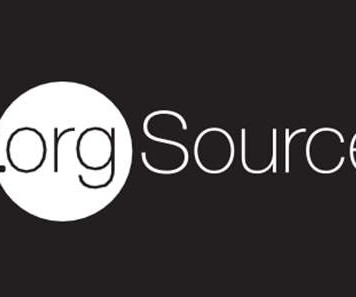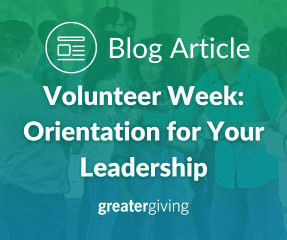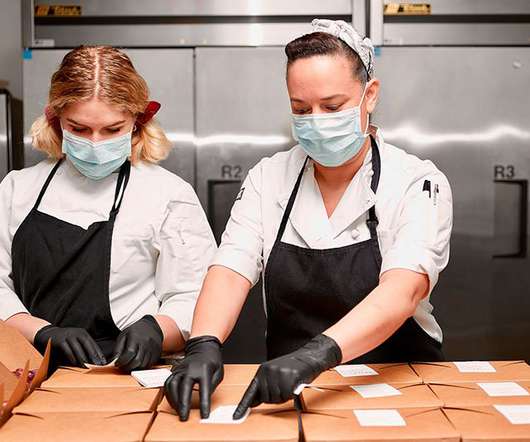Build a Digital Ecology–Promote IT Collaboration Across Your Organization
.orgSource
MAY 1, 2023
To become a digital business everyone in the organization must use their IT tools to collaborate. Executives who defer this responsibility convey the idea that digital thinking and collaboration are not a priority. I try to be very clear that no one is exempt from learning and mastering new skills.”















Let's personalize your content